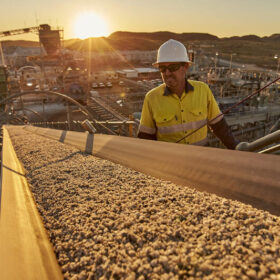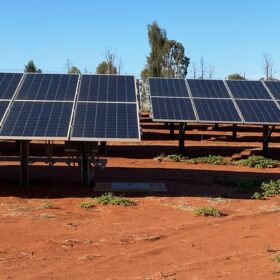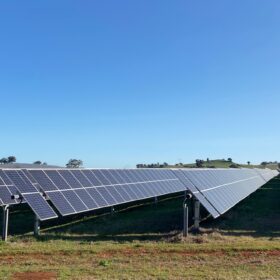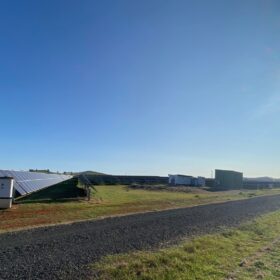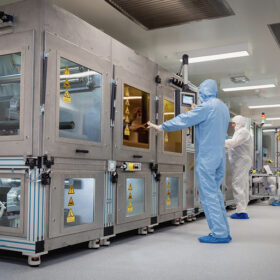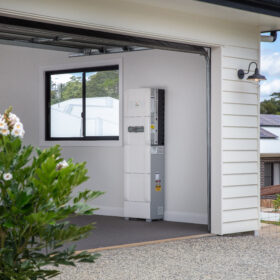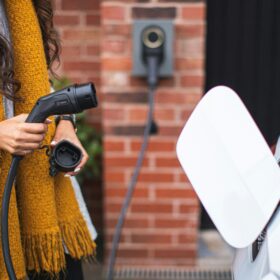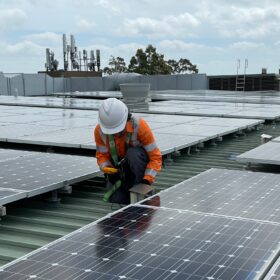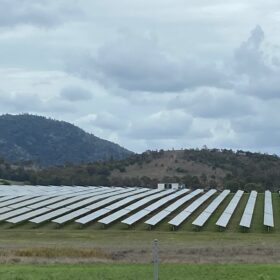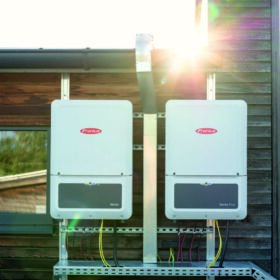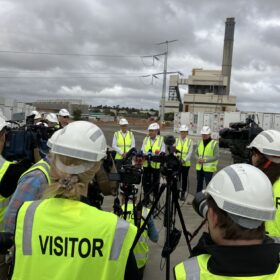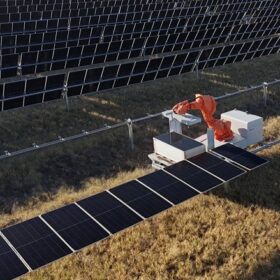Albanese government announces $1.2 billion plan to purchase critical minerals
A re-elected Albanese government will take the unprecedented step of buying or obtaining options over key critical minerals to protect Australia’s national interest and boost its economic resilience.
Climatic conditions critical for module design and durability
When it comes to module durability, we need to think differently, according to research from Austria’s Polymer Competence Center Leoben. Researcher Chiara Barretta reveals study results that saw modules in a tropical environment suffer significant degradation. Even stabiliser materials in the encapsulants had a limited effect.
Australia among world’s solar and wind champions
New data shows Sweden, Australia, Netherlands, Germany and Denmark are the leading countries for per capita solar and wind generation capacity. Furthermore, it reveals global solar capacity has been doubling every three years, and wind every six years, whereas fossil and nuclear capacity and generation have been almost static in recent years.
Energy Transformation has begun, driven by ‘shine baby shine’
The global energy transition began at different times for different nation states. Iceland and Costa Rica had natural advantages but Germany took the lead in establishing the formula for every country to embark on an energy transition. What began a quarter of a century ago is now entering the next phase: a select group of nations undergoing an energy transformation.
Push on to accelerate next generation PV materials
There is no consensus on the future of PV technology but there is general agreement that existing silicon solar cells do not represent the pinnacle of solar energy generation. This has resulted in the exploration of alternative materials and device architectures, with tandem solar cells emerging as the front runner for the next generation of solar cells to be deployed at scale.
Battery boost a game changer for slashing energy bills
There was excellent news at the weekend on Australia’s accelerating progress in slashing consumers’ skyrocketing energy bills and transitioning the community to cheap, clean, reliable firmed renewables. Prime Minister Anthony Albanese’s announcement of a $2.3 billion program to subsidise the purchase of household batteries will deliver a 30% rebate on the price of battery systems from 1 July 2025, with small business and community facilities also eligible.
V2G success no easy feat without consumer buy-in
The Australian government’s move to introduce new standards for vehicle-to-grid charging enables the nation’s electric vehicle owners to tap into the technology to charge their car batteries when they want and discharge back into their house or the grid when it suits their schedule.
‘Maintenance first’ approach needed to fix $1.35 billion annual solar leak
Every commercial solar system ever built, or ever to be built, will inevitably require maintenance. Yet, across Australia’s renewable energy sector, maintenance remains chronically overlooked – often treated as an afterthought rather than an essential part of solar asset management.
Renewables are cheap. So why isn’t your power bill falling?
Power prices are set to go up again even though renewables now account for 40% of the electricity in Australia’s main grid – close to quadruple the clean power we had just 15 years ago. How can that be, given renewables are the cheapest form of newly built power generation?
Securing the sun: How PV industry can thwart cybercriminals
Australia’s rapidly growing solar PV industry faces mounting cyber risks that no operator can afford to ignore. PV systems rely on intricate supply chains, incorporating hardware and software from multiple vendors. Each link in this chain – be it a component manufacturer, a software provider, or a maintenance contractor – can introduce potential entry points for cyberattacks.
